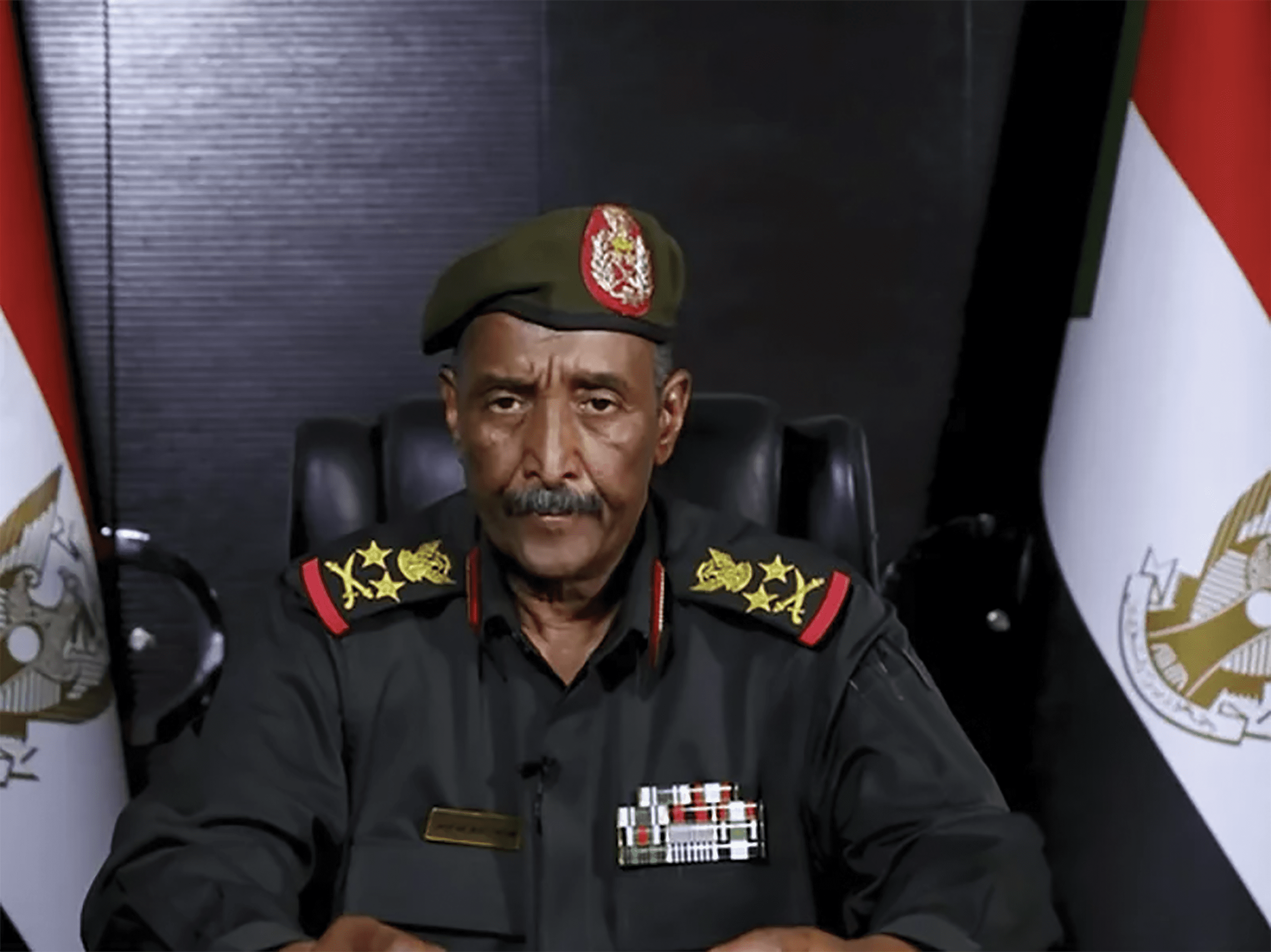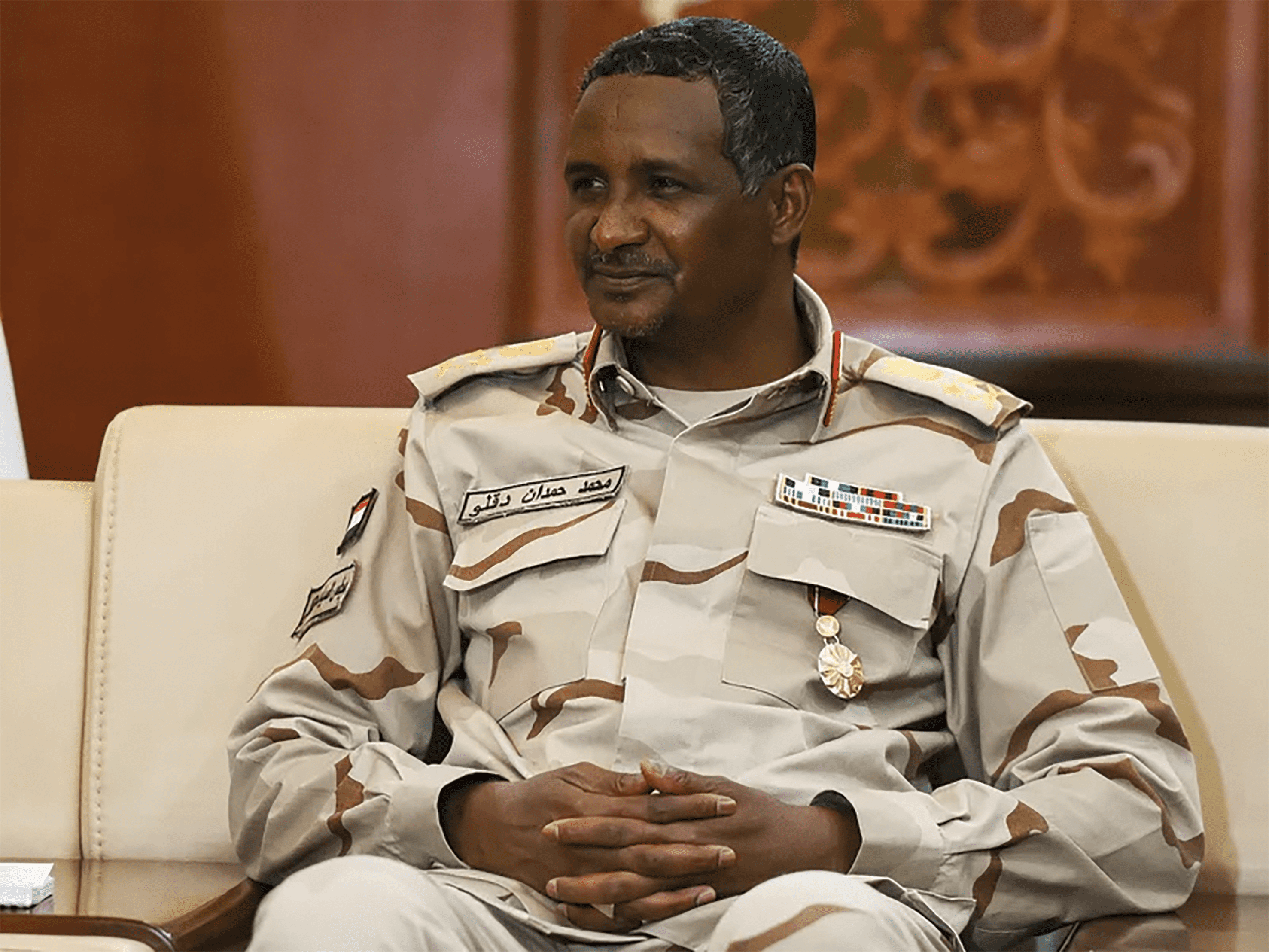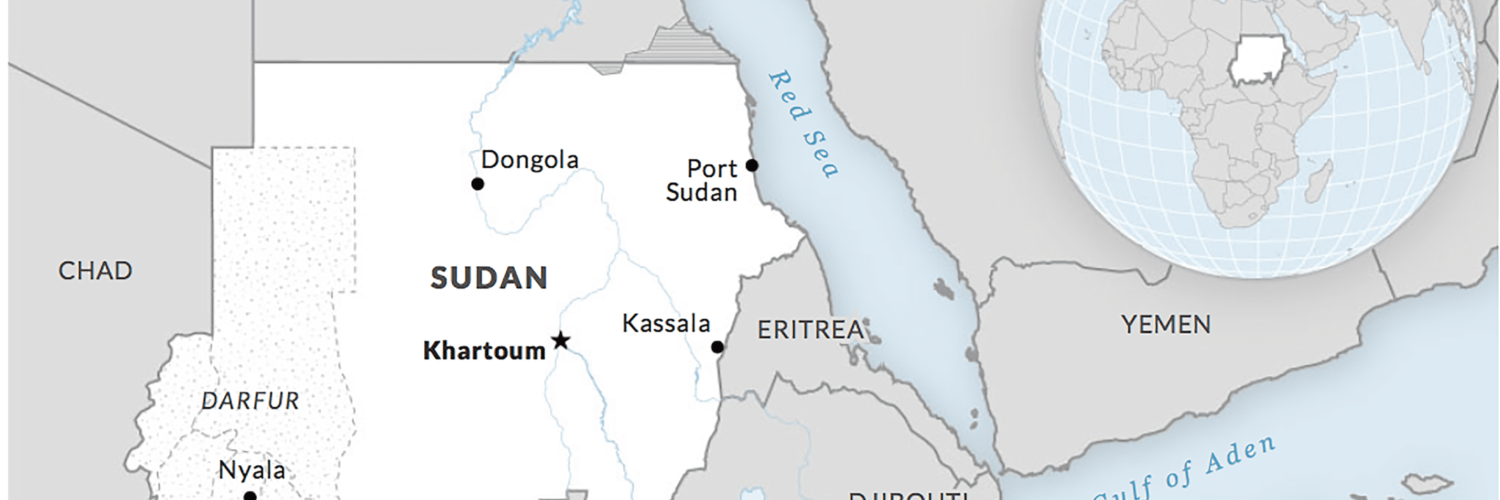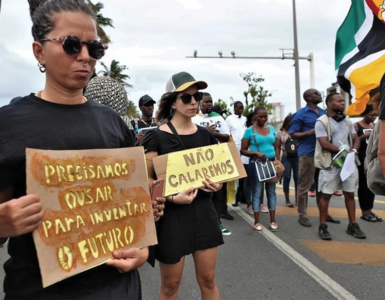

FLASHPOINT: On April 15, large-scale fighting erupted in Khartoum and around military bases and key areas the country. The confrontation between the Sudan Armed Forces (SAF) of General Abdelfatah El-Burhan and the Rapid Support Forces (RSF) of General Mohamed Hamdan Dagalo (Hemedti) has already claimed hundreds. In this Q&A, the author delves into the crisis…
By Harry Verhoeven
What is the power struggle between SAF and RSF about?
Much of the international news coverage has focused on the clashing ambitions of Generals El-Burhan and Hemedti as precipitating the latest violent struggle over political supremacy in Khartoum. But rather than a personal conflict between two high-ranking military officials, the stand-off is better approached as the outcome of long-standing institutional competition between Sudan’s state security agencies.
From 1989 until 2019, Sudan was ruled by the “Al-Ingaz” (Salvation) regime. The controversial military-Islamist government ruled with an iron hand, seeking regime change in neighbouring countries, providing sanctuary to Osama Bin Laden’s Al-Qaeda network, and violently quashing various uprisings. In 2009, long-serving president Omar Al-Bashir was indicted by the International Criminal Court for war crimes and crimes against humanity committed in the Darfur region. In the regime’s latter years, as the alliance between Islamists, SAF and other special interests began to unravel, Bashir attempted to protect his authority by financially, politically and militarily empowering other security services, especially the RSF, a paramilitary outfit recruited largely from tribal militias from Western Sudan.
From SAF’s standpoint, this was a dangerous gambit that amounted to forfeiting the army’s monopoly on violence at a time of geopolitical turbulence, including the civil war in Libya and escalating tensions with Egypt and Ethiopia over the Grand Ethiopian Renaissance Dam on the Nile. For the RSF, curtailing SAF as Sudan’s chief security organ was an overdue recognition of how the national army had become ineffective in its core tasks and unrepresentative of the Sudanese population.
How did Sudan go from revolution to renewed conflict?
During the 2018–19 December Revolution, millions of ordinary Sudanese people sought to topple Al-Ingaz rule. Both Burhan and Hemedti ultimately sided with the protesters and moved to replace Bashir. For both the SAF and RSF leaderships, the question of whether or not to transition Sudan to democratic government was secondary to the priority of resurgent security competition between them. Evoking the nightmare scenarios of Iraq and Yemen where the disintegration of national armies also spelled the collapse of the state in recent history, SAF made it clear that it saw restoring its status as primus inter pares among state institutions as non-negotiable. The international community was neither united nor focused on managing these dangerous cleavages within Sudan’s security apparatus. The apparent tensions between SAF and RSF were often dismissed as a case of former Al-Ingaz stalwarts embedded in a “deep state” trying to deceive civilian reformers. The outbreak of brutal war between SAF and RSF underlines how misguided this approach was.
How has energy shaped Sudan’s violent political economy?
The current conflict is occurring after a decade-long recession which has gravely affected the living standards of Sudanese citizens as the state teetered on the brink of insolvency. Long gone are the heady days when Sudan emerged as one of Africa’s top oil producers, pumping close to 500 000 barrels per day by 2008. In the late 1990s, amidst a civil war, the military-Islamist regime announced that energy would help birth a new economy after it had succeeded in ethnically cleansing the areas where oil would be extracted. It struck partnerships with Chinese, Indian and Malaysian national oil companies to meet growing Asian demand with Sudanese crude.
As petrodollars poured in, the Al-Ingaz regime oversaw a boom that enabled it to weather internal crises and increase the budgets of its security agencies while lavishly spending on infrastructure. Billions of dollars were channelled to the construction and heightening of several hydro-electric dams on the Nile and its tributaries. These investments aimed to simultaneously enable the irrigation of hundreds of thousands of hectares where food crops and animal fodder for Middle Eastern importers could be grown and to transform electricity consumption by boosting production in Sudan by thousands of megawatts. The Al-Ingaz regime spent more than R180 billion on its dam programme, a phenomenal sum for an impoverished African state and testament to its belief that the dams would become the centrepiece of Sudan’s modernised political economy.
The 2011 secession of South Sudan—which left with three-quarters of oil reserves—exposed the illusions on which these dreams of hydro-agricultural transformation rested. The regime lost “half of its fiscal revenues, and about two-thirds of its international payment capacity.” The economy shrank by 10 percent, plagued by power cuts as the dams proved very costly and yet produced much less than promised. Lavish fuel subsidies were maintained despite their regressive nature, disproportionately benefiting elites in Khartoum and failing to protect the poor.
As the regime sank ever deeper into economic crisis, its security agencies concentrated on accumulating the means they deemed essential to survive—and compete with each other. Both SAF and RSF deepened their own involvement in Sudan’s political economy, taking control of key commercial activities from meat processing, information and communication technology and gold smuggling to a range of import-export rackets.
What was the impact of soaring fuel, food and fertiliser prices in post-2019 Sudan?
After the 2018-2019 Revolution, the international community oversaw a power-sharing arrangement bringing together SAF, RSF and a civilian cabinet. Because of the desperate economic situation, difficult reforms to clip spending on fuel imports were tabled but they competed for government and international attention amidst calls to fast-track the “de-Islamization” of Sudan and to purge former Al-Ingaz collaborators from civil service ranks.
Divisions in Sudan’s political establishment worsened growing inflationary pressures that translated directly in rising food and energy costs and strengthened a growing regional black market in which fuel, wheat, sesame and much else was illicitly traded across borders, with the security services’ active involvement. Indeed, while civilian ministers had to absorb the political costs of belatedly lifting fuel subsidies, billions of dollars in Western development assistance and debt relief were held hostage to geopolitical concerns, such as whether or not Sudan’s generals would compensate American victims of international terrorism and join the Abraham Accords with Israel.
These errors of judgement by international partners handicapped civilian members of government whose efforts to push back against growing SAF and RSF control of key economic activities ultimately contributed to the October 2021 coup against Prime Minister Abdallah Hamdok. Institutional competition between Sudan’s state security agencies was thus both cause and consequence of the deepening crisis. Moreover, global supply shocks, such as COVID and the Russia-Ukraine conflict, sent the prices of fuel, food and fertiliser in Sudan skyrocketing, with the latter increasing by more than 400 percent. The state’s retreat from subsidising essential inputs for agricultural production, such as diesel and fertiliser, has led Sudanese farmers to drastically reduce their planting, further exacerbating the food production and affordability crunch.
Amidst these overlapping energy, food and political crises, SAF and RSF violently compete over control of the political economy’s remaining lucrative niches as both believe the survival of their respective institutions is essential to preventing the country from descending into total disintegration. In view of such contradictions and complexity, there are no easy solutions to Sudan’s multiple crises and the political and humanitarian situation is likely to worsen further.
*The article was sourced from the University of Columbia’s Center on Global Energy (US), a premier hub and policy institution for global energy thought leadership
Published on the 97th Edition






